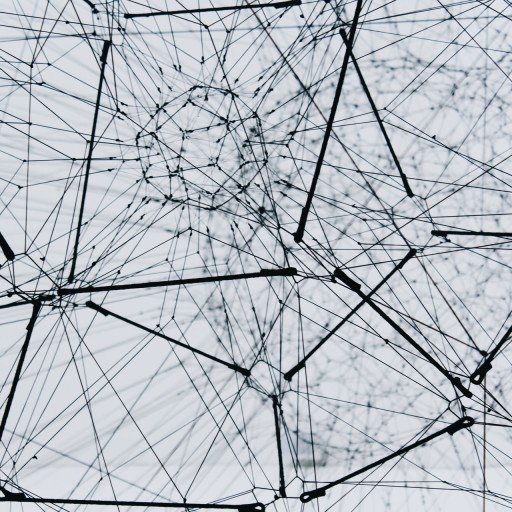In the world of blockchain technology, a “side chain” is when you link one blockchain network to another in a parent-child relationship. The blockchain designated as the “child” is the side chain. The parent is typically referred to as the “main chain,” “layer 1”, or “base chain”. Side chains can provide functionality that the main chain does not, such as more speed, potentially cheaper or free transactions, or running DApps from originally made for other blockchain networks. It’s like when your 16-year-old is designated to handle all the computer stuff in the home because mom and dad can’t keep up with the constantly changing technologies and interfaces.
On the Bitcoin network, there is a popular side chain called Liquid. Liquid offers strong security and faster processing for Bitcoin transactions. All Liquid Bitcoin is linked to actual Bitcoin on the Bitcoin mainnet, but Liquid Bitcoin can move around on the side chain, changing hands many many times without having to interact with the slower Bitcoin mainnet. On Liquid, these transactions are not only faster, but cheaper. When a user is ready, they can convert Liquid Bitcoin back to regular Bitcoin on the mainnet. The Liquid side chain is not needed for sending $50 bucks to your buddy, but it is very useful for traders who perform constant, high volume transactions.
The good folks over at DC Spark are building a side chain called Milkomeda. When launched, Milkomeda will allow Ethereum smart contracts to interact with Cardano without having to rewrite the Ethereum code. Most side chains use their own ledger and token system; Milkomeda is doing something different. Since they are building functionality specifically for linking to Cardano, Milkomeda will be using Cardano’s ADA as the currency for paying fees. This is novel and pretty cool!
Side chains allow developers to extend what blockchain networks can do, but creating one is no small task! It’s like creating your own little blockchain, with all the software development and server access required to do that work. To make these kinds of projects easier and more accessible, Cardano users will have access to a new tool called state channels. They will function like side chains in the sense that the transactions will be performed between a smaller set of servers, instead of the main cardano network of servers. As a result, translation will be much much faster. These state channels will be able to process 1000 transactions per second (TPS), whereas Cardano mainnet can only do about 300 TPS.
State channels are not available yet, but when they are, the concept is that they can be created when two or more parties simply agree to “form one.” Cardano will then create a direct conneciton between the two parties and those partites get to set whatever transaction fee they would like to set or even make it free. Once connected parties in the channel can start interacting with each other. While this is going on, Cardano will guarantee that no money will be lost and that you can’t create extra money out of thin air. At any time, one of the parties can opt out of the channel. When this happens, Cardano will break up the channel and transfer all the transaction details back to the main chain. If these channels run for a long time, Cardano will also create regular snapshots and save them to the main chain.
Unlike Milkomeda, Liquid, and virtually every other side chain that exists today, you won’t have to write new code to use a Cardano state channel. You can simply opt into one when you are creating your transactions. This is why the full name of the Cardano “light side chain” is: “Hydra: Fast Isomorphic State Channels.” Isomorphic programming in computer science is when you can take the same code and run it in two different contexts that are pegged to each other. This is so powerful that Cardano itself may establish some “always-on” state channels and use them to process certain types of general transitions to keep the entire network buzzing along.
Side chains on Cardano are going to be some of the most flexible, most powerful, and most secure across the entire blockchain industry. This will be important as Cardano seeks adoption by companies, cities, and nations! Typically when the public is introduced to new technology, it comes with some adoption pain, clunkiness, and bottlenecks. Cardano is positioning itself to prevent this, so that as everyday users, we will get the benefit, security, and self-custody of our data on the blockchain, without having to lose hair, or torture our 16 year olds.



Very well said and I for one now feel smarter knowing what isomorphic said:-) but seriously this will be a game changing moment for us and it doesnt seem that far away
So will the side chains be built on top of the Hydra nodes? Side chains alone would aim to do what Hydra currently aims to do, am I right? Obviously side chains would also allow for the Ethereum D-apps to flow smoothly, but as far as native cardano D-apps I think the side chains would be better built on Hydra nodes. Thoughts?
DC Spark M1 side chain for example is a complete different stack that will let developers port over their Ethereum D-apps to Cardano.
IOG themselves is planning to release a side-chain powered by IELA that will let you build D-apps using general purpose programming languages (like typescript, Java, C#, etc).
Great question, thanks for posting!